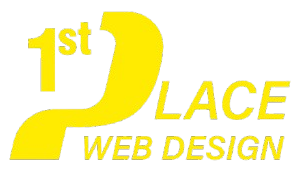As technology evolves, so does web design, reshaping how businesses connect with their audiences. In 2025, several key trends are set to dominate the digital landscape, making it essential for brands to adapt to remain relevant and competitive.
One of the standout trends is minimalistic and functional design. Clean layouts with ample white space are becoming a standard, ensuring that websites remain user-friendly and clutter-free. This approach not only improves the visual appeal but also enhances navigation, making it easier for users to find information.
Dark mode continues to gain traction, offering a sleek, modern aesthetic while reducing eye strain. With major platforms adopting dark mode, more websites are following suit, giving users the option to toggle between light and dark themes.
Another trend revolutionizing web design is the integration of artificial intelligence (AI). AI-powered chatbots and recommendation systems are making websites more interactive and personalized. Whether it’s guiding users through a purchasing journey or providing instant customer support, AI is becoming an indispensable tool for improving user experiences.
Bold typography and vibrant gradients are also making a strong comeback. Eye-catching fonts and striking color transitions help brands stand out and leave a memorable impression on their visitors. Additionally, micro-interactions—small, animated elements like hover effects or button animations—are gaining popularity as they make websites more dynamic and engaging.
Incorporating these trends is essential for businesses that want to create memorable online experiences. By staying ahead of the curve, brands can ensure their websites are not just functional but also visually compelling and aligned with user expectations.

